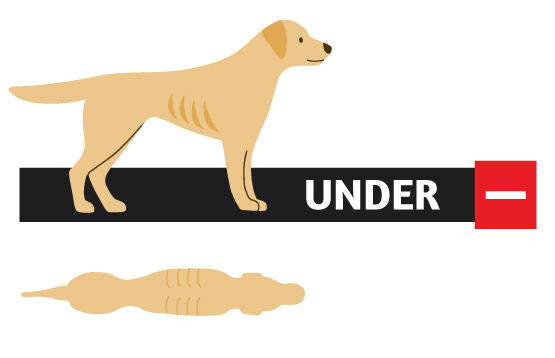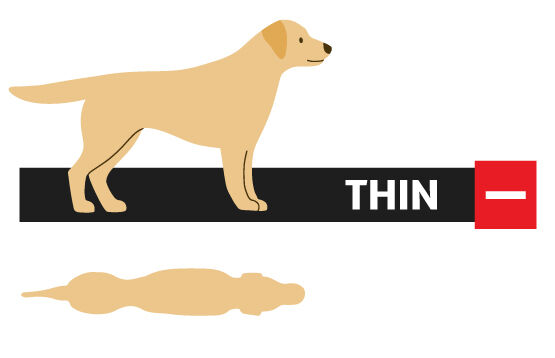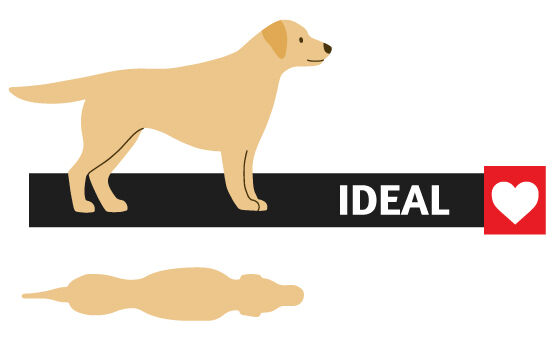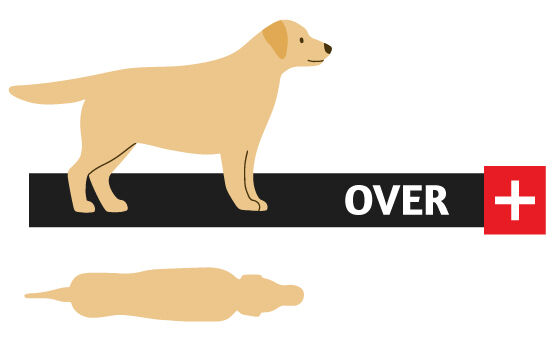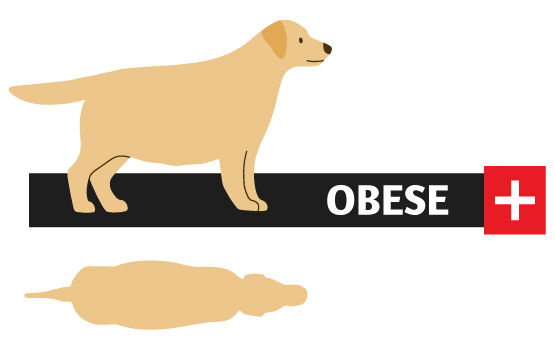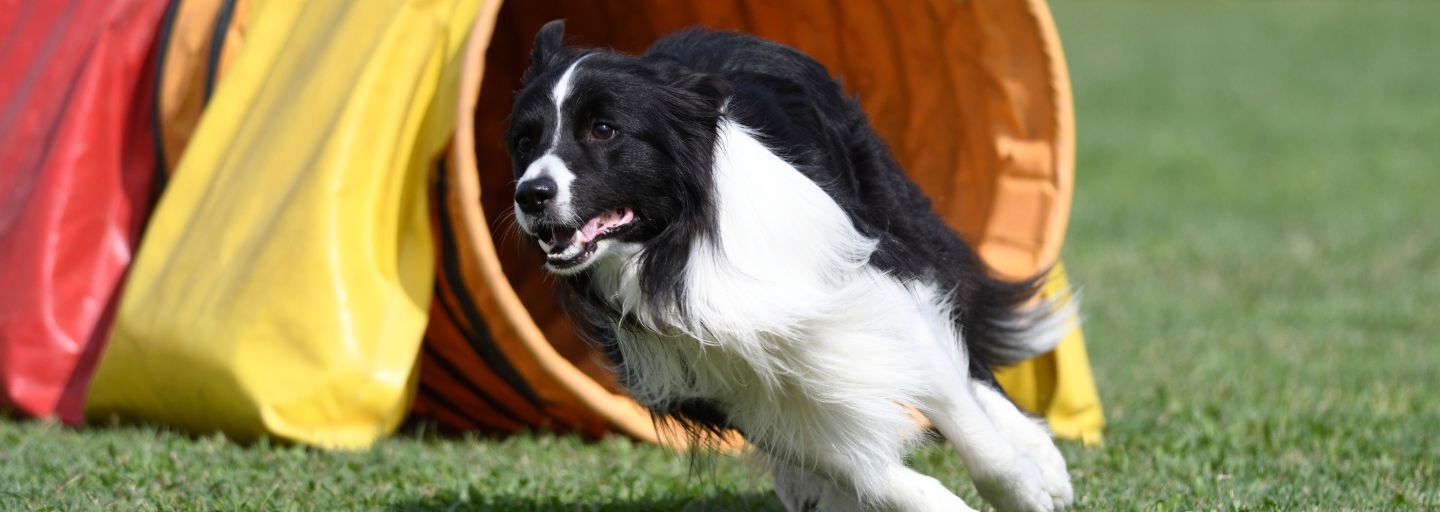You love your dog just the way they are, so you probably won’t worry too much if they seem to put on just a few extra pounds. But from a health point of view, size really does matter! Although weighing your dog and monitoring their weight regularly is a good idea, this can be tricky as there is a lot of variation between breeds and it’s not always easy to know what is right for your pet. That’s where dog body condition scoring can make things easier.
What is the dog Body Condition Score?
Dog body condition scoring allows you to assess the amount of fat your dog is carrying, it is easy to do at home without scales, and can identify problems in overweight dogs before the scales show a big change. What’s more, the scale applies to nearly every kind of dog, so you can easily check them between visits to the vet whether they’re big, small, wiry or extremely furry!
Why is the dog Body Condition Score important?
Owning a dog means keeping a close eye on your dog’s body score and working to maintain an 'ideal' score of four or five throughout all stages of your dog's life. This can also decrease the risk of health problems associated with owning an overweight dog. These include arthritis, heart disease, and even diabetes, which not only mean large vet bills but an unhappy, uncomfortable dog – more reason than ever to get them in shape!
Like people, each one processes their food in a slightly different way, particularly depending on their age and activity level. If your dog gets more calories than they need, those excess calories may be stored as fat, which in the worst case can lead to obesity in dogs.
"Learning how to perform a body condition score for your pet, and regularly assessing this in combination with appropriate nutrition and exercise, will ensure you're doing your best for your pet's health and well-being," says Zara Boland, Purina's vet.
Some specific problems that puppies can develop from excess weight include:
- Arthritis, joint damage, and joint pain
- Type 2 diabetes
- Heart disease
- Reduced exercise endurance and stamina
- Increased anesthetic and surgical risks
- Reduced liver function due to a fatty liver
How is the dog's Body Condition Score measured?
To work out your dog's current body condition score, there are three areas you should check:
- Rib Check: Get your dog comfortable and run both of your palms across their ribcage, one hand on either side (your dog will probably think they’re enjoying a nice stroke!) Simply note how it feels and compare it to the images below.
- Profile Check: View your standing dog from a side-on angle. It’s best if you are level with your pet so you get the most accurate view.
- Overhead Check: Look down at your standing dog from an overhead angle.
PURINA® Dog Body Condition Tool
Created by experts in pet care, our PURINA® Dog Body Condition Tool is designed to help you determine if your dog is a healthy size. It uses a scale of one to nine, with one meaning ‘underweight’ and nine meaning ‘obese’. We try to avoid putting the emphasis on weight alone, which can be misleading. The dog body condition score tool encourages you to get hands-on with your dog, feeling them to really judge their actual size underneath their lovely coat! It also recommends looking at your dog from every angle to get an all-round view before deciding if they are a healthy shape and size. Be patient and gentle – your dog may not be accustomed to being handled in this way, but don’t worry, they’ll soon get used to it.

